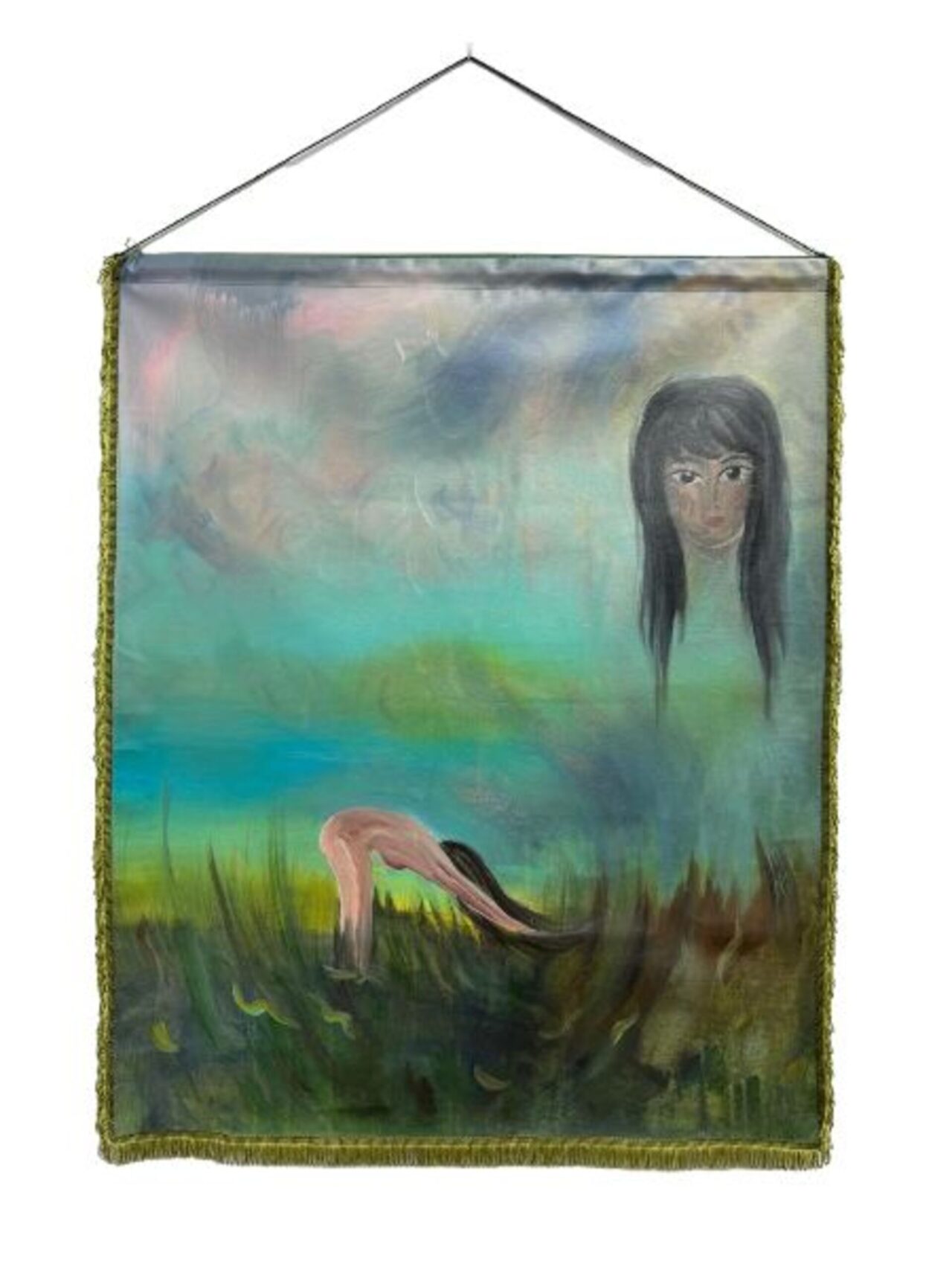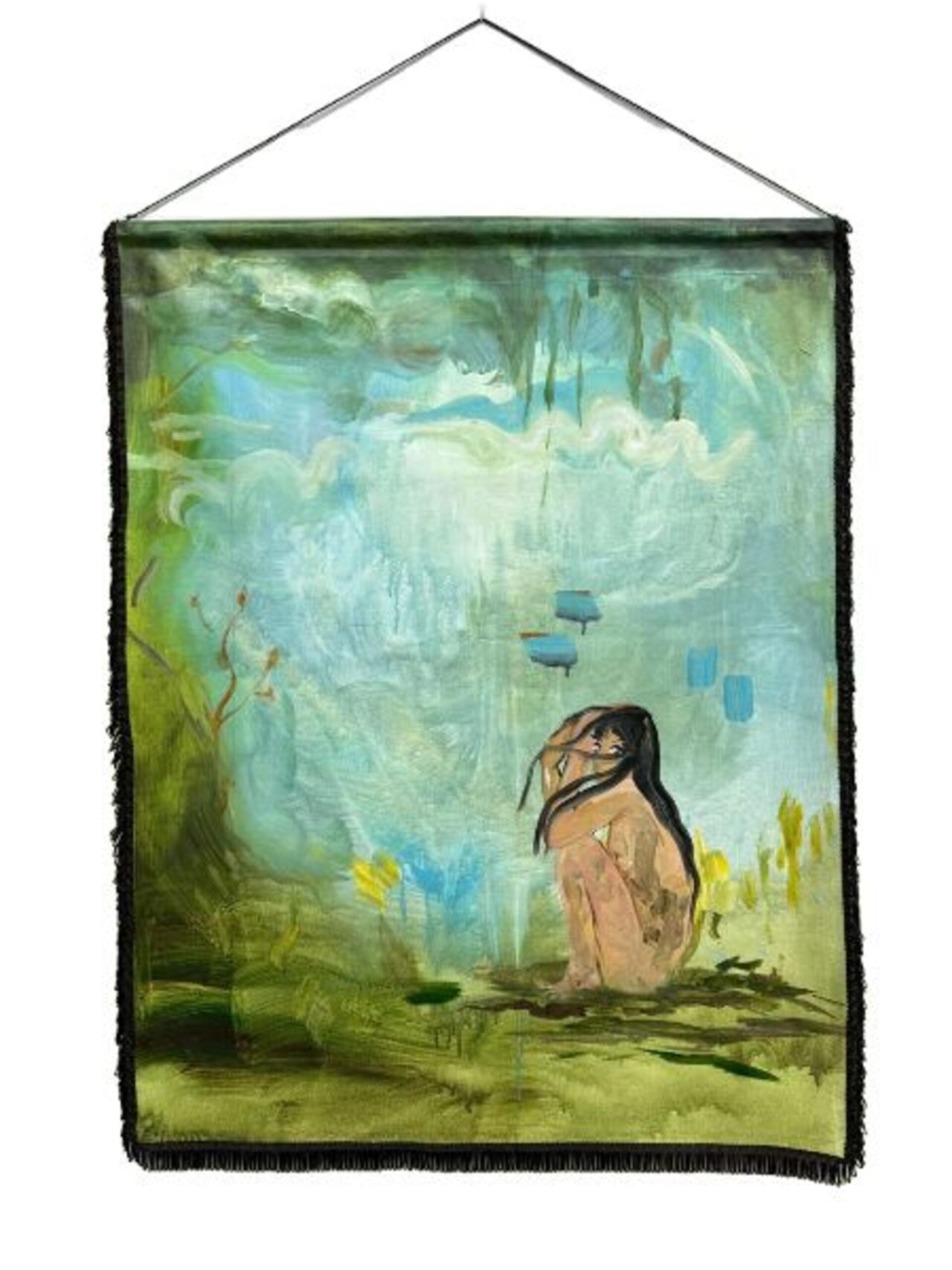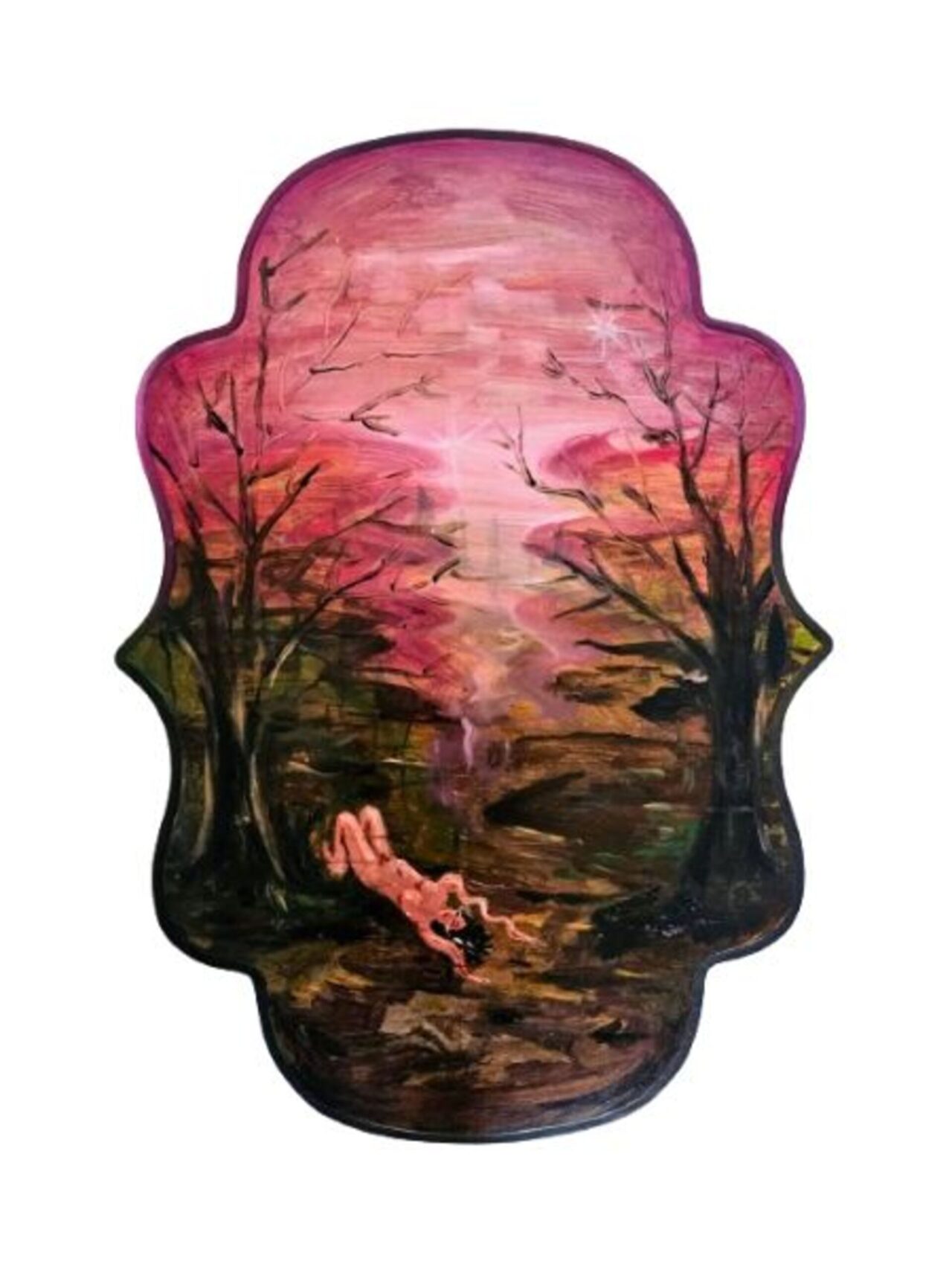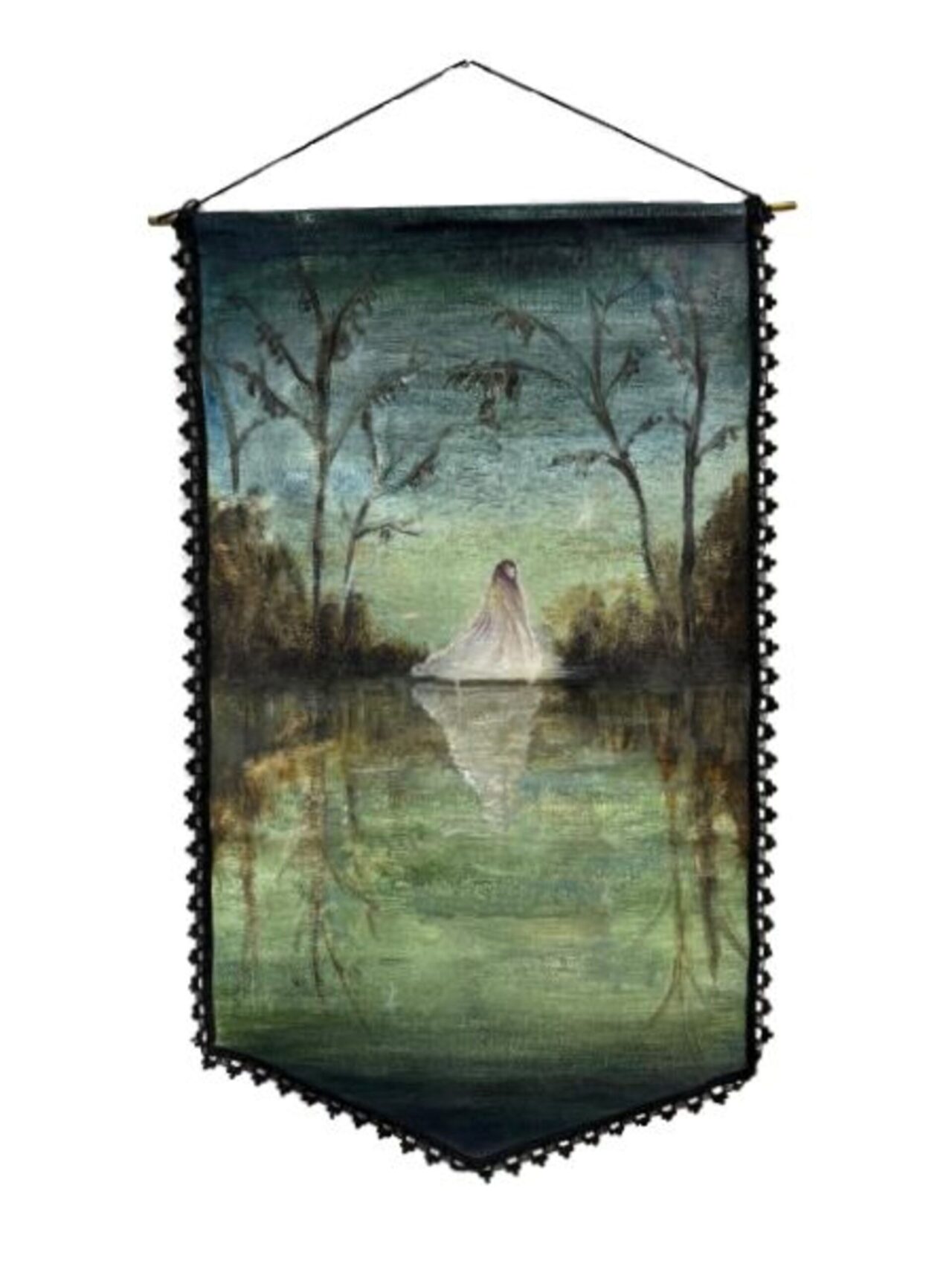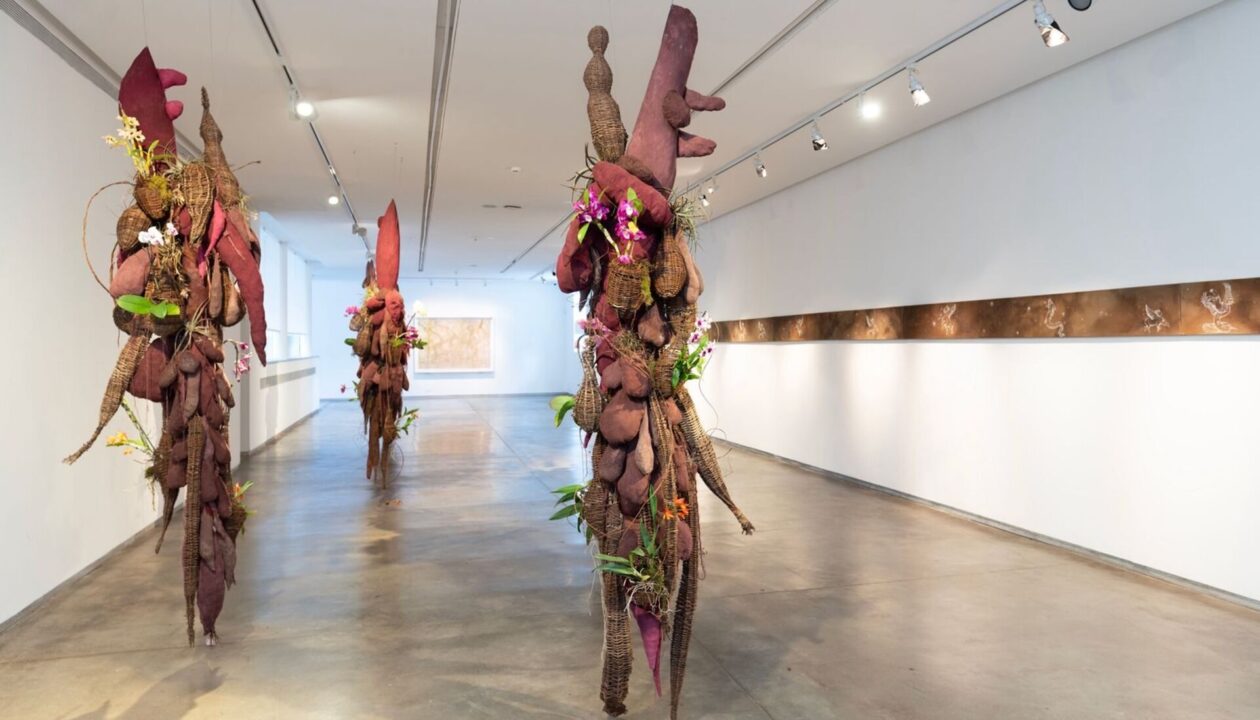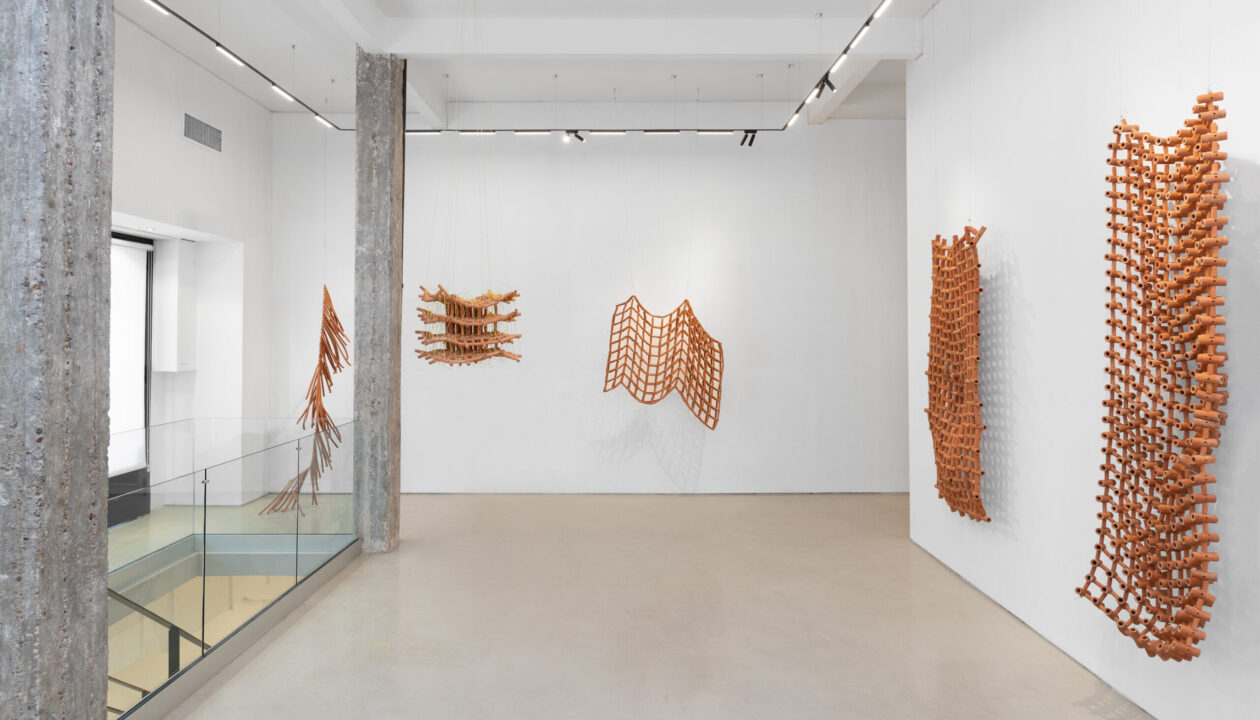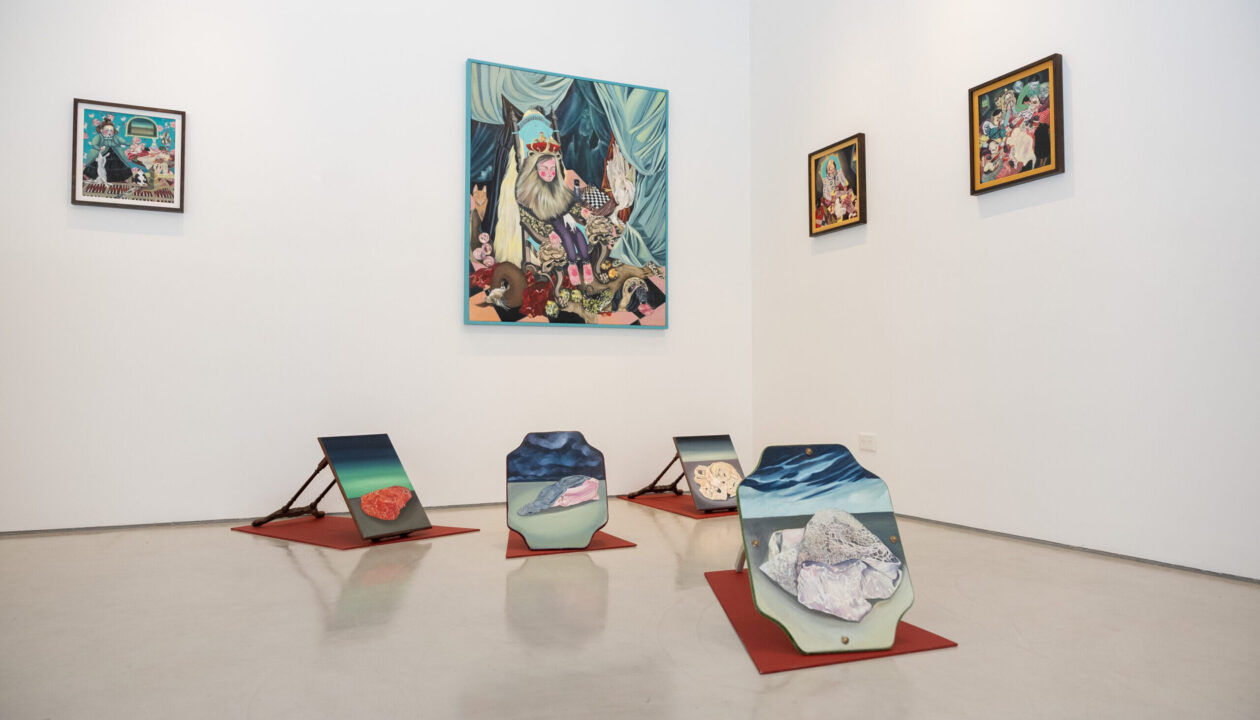Buenos Aires
States of mind
PECCI CAROU /
Curator
Text by Nancy Rojas
May. 10, 2024 — Jun. 26, 2024
About exhibition
There are emotions that proliferate in disorder, they emerge surprisingly from the unexpected. These emotions are the ones that restore vulnerability to our bodies and definitively distance them from the contemporary vice of going up and down pretending stability and prosperity.
These emotions are more akin to the fall, to the fluttering and also to the riot, paradigm of demonstrations and resistance. Likewise, these emotions diversify the experimentation of sexuality, they weave strange and imprecise meanings while protecting us from monotony, from the capitalist instinct of perfection. They make us insubmissive, evasive of modernist canonicity, and form part of the collective dimension that makes the social, constituting the frankest zone of a State policy. Of course, only when the State is capable of consolidating itself as a present State.
The work of Fatima Pecci Carou is part of those advanced micropolitics of art that have given a transcendental place to the emotional as a force of production of the immaterial economy and as the essence of the intellectual matrix of culture, by repairing the feminist and queer slogan that without emotions there is no critical thinking.
States of Mind, the artist’s first exhibition at Cott Gallery, brings together a series of works that set painting in a battle between absurd ornament and narrative delicacy, between marginal, anachronistic temporalities and fragmentary and modeling temporalities of the present.
Some of his paintings are captured on pennants that evoke the popular modes of circulation of images, and others are made on supports of curved forms that refer to old furniture. They all represent dreamlike scenes that take place in biodiverse environments, such as forests, jungles and deserts.
As in most of his works, the protagonists are women. They lie on the ground or seem to be floating, levitating, to have been thrown into chaos or to have been abruptly attracted by the wind. They engage in an erotic communion with nature. On that plane, ascribe to the conception of nature as a common place, of complicity, suppressing any connotation of extractivist order. They are women, almost all of them without clothes, who, although they feed the romantic look of the outdoors, manage to warn fatefully of the future of the environmental crisis.
The phantasmagoric dexterity of some figures and the repetition of faces that observe us from
the sky envelop this sequence of works in an atmosphere indicative of collaboration. Thus, the
ensemble embodies the hypothesis of the existence of a generalized mood, or shared moods.
As Sara Ahmed points out, “a mood is more like an atmosphere: it is not that a person transmits
a feeling to us, but that we are immersed in feelings that are not our own”.
In addition to recreating this temper or atmosphere, these oil paintings advocate the rescue of socially painful stories, although apparently overcome. The artist’s instinct of re-fictionalization is also a healing gesture that tensions with the surrounding reality, if we consider the attacks that women and gender dissidences continue to suffer.
Seated and with the Argentinean sash on her legs, the character of La cautiva re-floats the open wounds of national history, associated with those violent episodes involved in the Conquest of the Desert. Fatima re-imagines this mythical figure by taking her to an initial stage.
She makes us believe that what the captive whispers to the mirror, and through it to ourselves, is that the future is not yet totally written, that as a society we have the possibility of changing everything.

